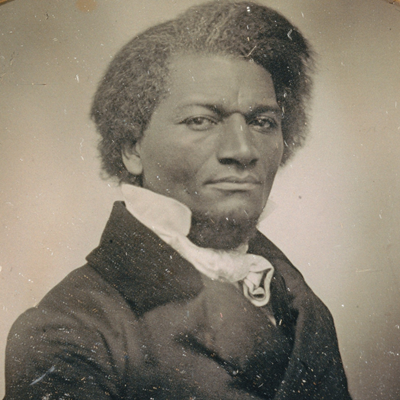
"If you can’t explain it simply, you don’t understand it well enough."
– Albert Einstein
Complex work done by brilliant people can be awe-inspiring and valuable. Yet, speakers with highly detailed presentations about world-changing discoveries may not be welcomed with the enthusiasm you'd expect.
That's because these presenters struggle to make their work interesting and comprehensible to the rest of us.
We help a lot of smart speakers create more accessible messages. And though it's popular to call our help "dumbing it down," we find it to be some of the most taxing work we do.
It's mentally challenging to understand and translate, without a doubt. It can also be exhausting to battle with a presenter. Smart people push back, worried they'll look or sound silly.
Yet audiences need our help if they're going to understand the benefits or problems that are on the table.
If you've been struggling to make your messages more accessible, consider how these mindsets might be limiting the impact of the work you're doing.
Limiting mindset #1: My peers and colleagues present this way.
This is a place to put good public speaking technique into practice and ask yourself: Who is my audience?
If your audience is made up entirely of colleagues who understand your every technical term, you might be okay. But if there are any audience members who may not share your level of expertise, you'll miss an opportunity if you present without taking that into account.
Here's another consideration: Do you really want to sound exactly like everyone else? Is there a clear benefit to it?
In our public speaking classes, we see students adopt techniques used by the other students around them—even when those techniques are just terrible.
Here's what psychologist Robert Cialdini observes in his book Influence: The Psychology of Persuasion about our conscious and unconscious choices to mirror those around us:
Whether the question is what to do with an empty popcorn box in a movie theater, how fast to drive on a certain stretch of highway, or how to eat the chicken at a dinner party, the actions of those around us will be important in defining the answer.
Speakers bold enough to craft better messages can set themselves apart and glean positive attention, not the negative attention they fear. They may even set a new and more useful standard for others to adopt, consciously or unconsciously.
Limiting mindset #2: Elevated language indicates elevated information.
This, we have to believe, is the motivation behind much of the crazy business jargon and fussy terminology we hear all around us. Is it easier to recruit a volunteer to be in charge of signage than to ask them to get some signs for an event? Do they feel more important as the chief executive of signage? Possibly. Language can be funny that way.
It's not so funny, though, when an audience is deciphering a barrage of multi-syllable words AND trying to understand a complex or new concept. Remember, most people attending your live presentation have to grab it on the first pass. They don't get to press pause or rewind.
Perhaps you can test out an approach we apply with our coaching clients—the more complex your idea, the simpler your language should be.
That means:
- Choose the simple word instead of its complex synonym: use instead of utilize, go instead of proceed, wordy instead of circumlocutory
- Keep sentences short: Short sentences in the active voice are easier for a listening audience to follow.
- Look for ways to reduce number overload: Round them if the precise number isn't important; replace a number with a word if you can (dozen instead of 12, for example), find ways to put numbers in context and make them comprehensible
Limiting mindset #3: It's nigh impossible to simplify my complex thoughts.
When you have years of experience, deep knowledge, and hard-won expertise, you aren't going to be able to convey all you know into the minds of us lesser beings. That is true.
Yet, there are ways to make information accessible, and important reasons to do so.
Let's start with the reasons:
- Audiences will give up if they don't think they can ever get it.
- Audiences will tune out if they think you're giving them information they can't use.
- You may need diverse audiences to understand your work if you need their support or their contributions.
- No one likes a presenter who makes them feel like a dummy. And being liked—having audience rapport—is important whether you want to believe it or not.
Some ways you can improve your odds of connecting include:
- Meeting the audience where they are: Start with what they know or value as an on-ramp to your complex message.
- Imagine explaining to a parent, spouse, or friend: How could you make this information clear to someone outside of your professional circle? Try it and see the words you discover to use.
- Look for analogies that can create a shortcut to understanding: An analogy may help your audience grasp a concept easily, then you can move into the complexities.
- Tell a story to show what it looks like: We often have trouble imagining abstract concepts. Get specific with a story that helps your audience see what you’re talking about, then generalize from there.
Learn more:
For more on why you should rethink your bias and the words "dumbing it down," see these presentation tips.
PowerPoint should help, but often it does not. Try these tips for making presentation decks that declutter messages.
Here's how one science teacher uses the on-ramp concept to connect his students to new and complex information.






